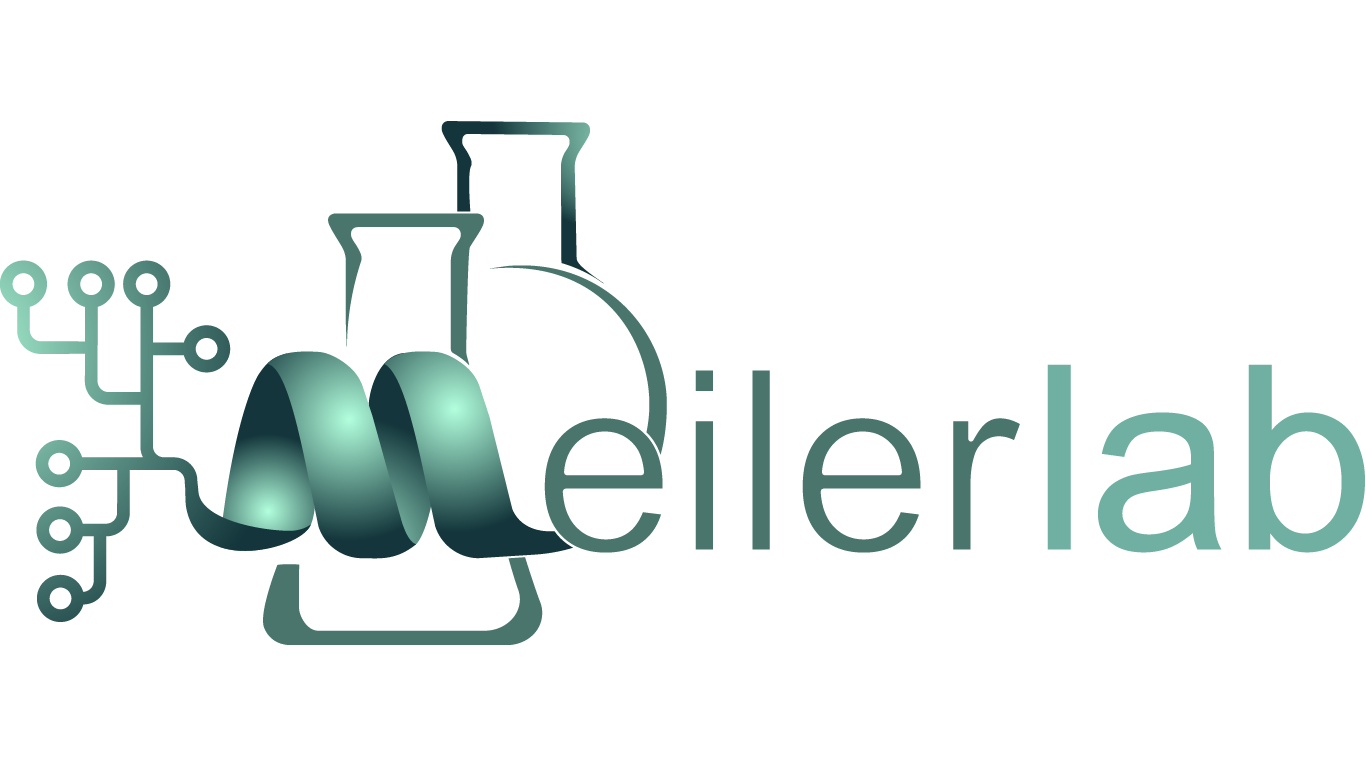Drug discovery and development is very expensive and time-consuming process with multiple steps involved within the process starting from disease target identification and validation, hit to lead optimization and clinical tests and regulatory approval. In silico approaches are known to significantly expedite the overall process of drug discovery and reduce the total costs. Virtual high-throughput screening (vHTS) is one such approach that is complementary method to high-throughput screening (HTS) and has become the cornerstone of pharmaceutical research and a critical step in drug discovery pipeline. In vHTS, a database of small molecule compounds are screened against a particular target with a goal of searching a limited number of candidate molecules to test for novel chemical entities having desired biological activity. Virtual screening is broadly classified into two categories: ligand based, and structure based.
If the 3D structure of the receptor is not known, ligand based virtual screening methods are utilized which includes methods like pharmacophore modeling, quantitative structure-activity relationship (QSAR), quantitative structure property relationship (QSPR).
Structure based virtual screening methods are used when the 3D structure of receptor is available. Fragment based de novo design of molecules in the active site of receptor and docking are the commonly used structure based virtual screening methods.
The Meiler Lab has expertise in both ligand based and structure based virtual screening methods utilizing both in house developed bio-chemical library (BCL) that encompass suite of cheminformatics tools and ROSETTA based docking of medium sized ligand libraries.
REFERENCES:
[1]
Sliwoski, G., Kothiwale, S., Meiler, J. & Lowe, E. W. Computational Methods in Drug Discovery. Pharmacol. Rev. 66, 334–395 (2014).
[2]
Leelananda, S. P. & Lindert, S. Computational methods in drug discovery. Beilstein Journal of Organic Chemistry 12, 2694–2718 (2016).
[3]
Mendenhall, J. & Meiler, J. Improving quantitative structure-activity relationship models using Artificial Neural Networks trained with dropout. J. Comput. Aided. Mol. Des. 30, 177–189 (2016).
[4]
DeLuca, S., Khar, K. & Meiler, J. Fully flexible docking of medium sized ligand libraries with rosettaligand. PLoS One 10, 1–19 (2015).
